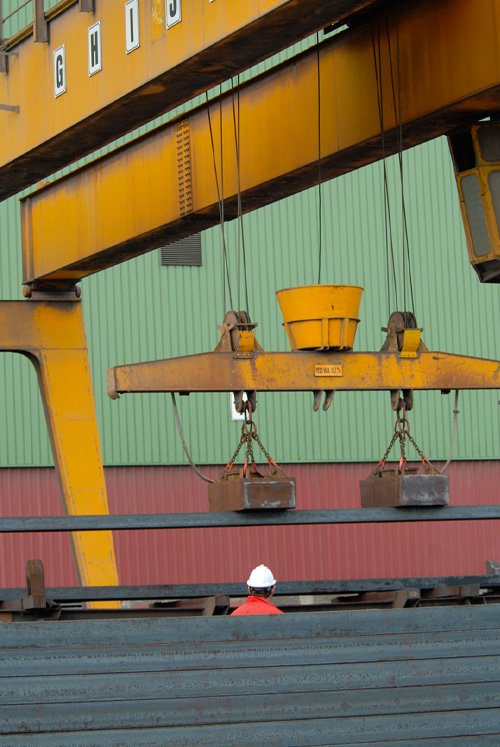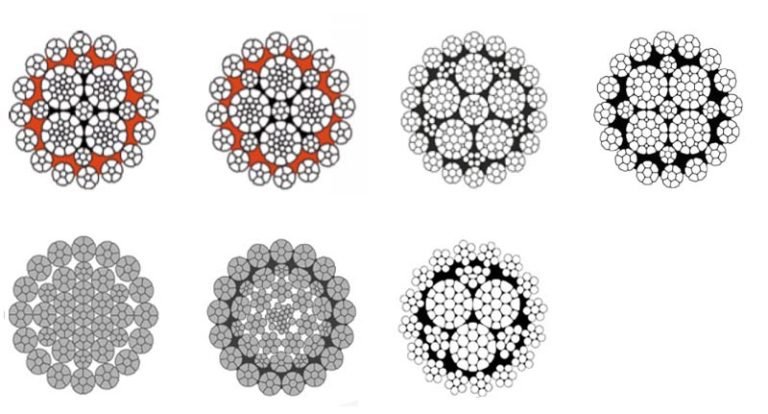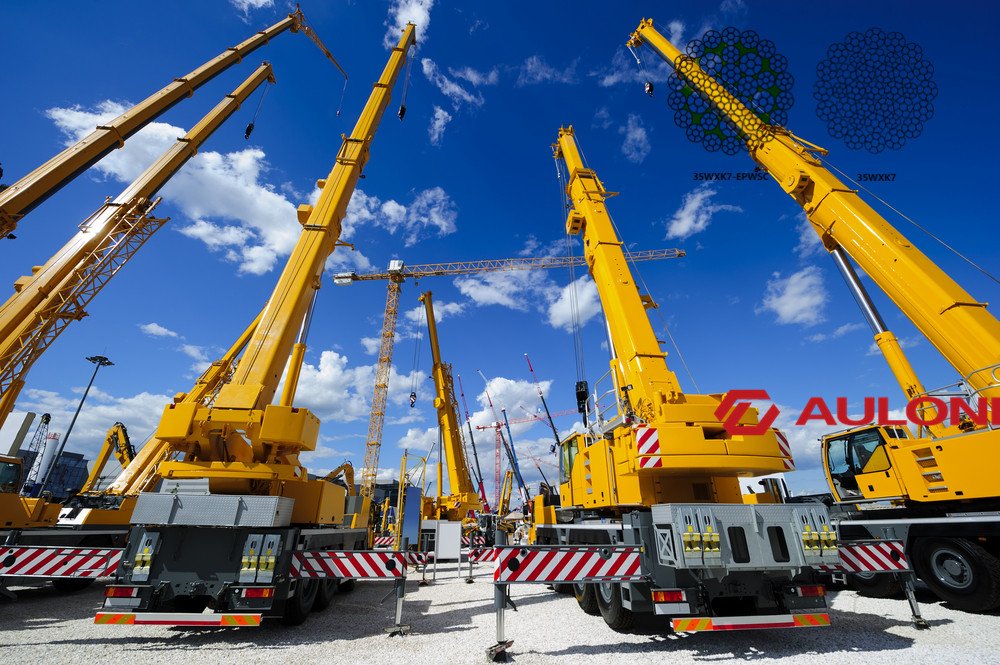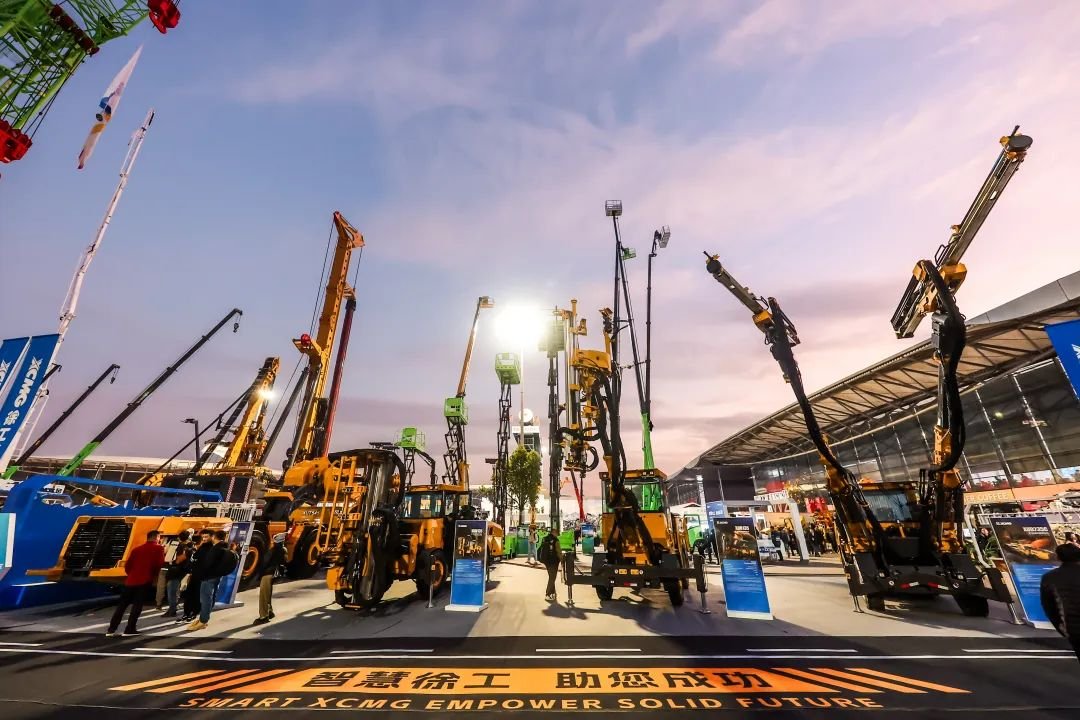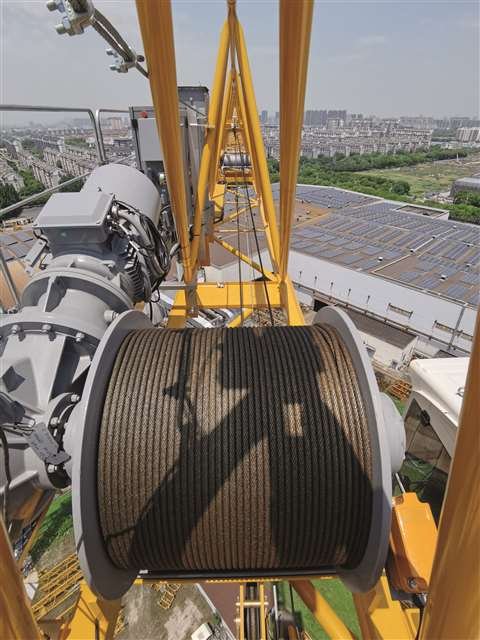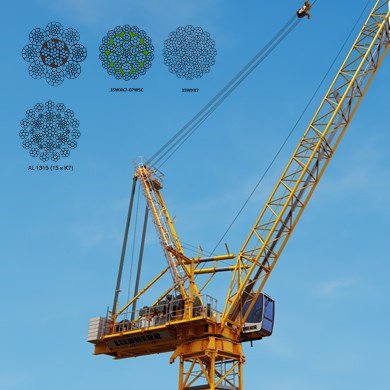Imagine your crane suddenly fails mid-operation. Chain slings prevent such accidents. I’ve seen more than 200 tons lifted safely using them, while weaker alternatives often failed under smaller loads.
Chain slings are assemblies made of alloy steel chains, designed for high-strength lifting tasks. They’re preferred for heavy-duty applications due to durability, flexibility, and resistance to wear.
Last year, one of my clients avoided project delays by switching to heat-treated chain slings. In industries where every hour counts, getting the sling right changes everything.
What Types of Chain Slings Are Commonly Used?
Not every job requires the same chain sling. Projects in marine environments, mining zones, and factories demand different designs and materials.
The most used chain slings include Grade 80, Grade 100, and Grade 120. Each grade offers different levels of strength, elongation capacity, and chemical resistance.
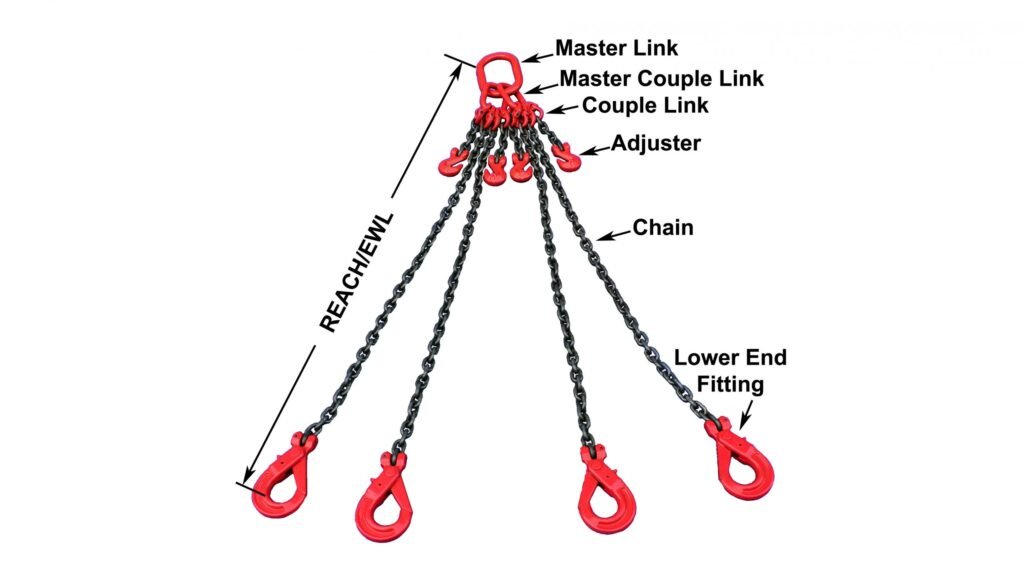
Key Differences Among Chain Sling Grades
| Grade Type | Strength (MPa) | Vulnerability to Corrosion | Best For |
|---|---|---|---|
| Grade 80 | 800 | Medium | General lifting |
| Grade 100 | 1000 | Medium | Mining, heavy industry |
| Grade 120 | 1200 | Low | Offshore, marine rigs |
I often recommend Grade 120 for clients near coastal areas. A construction site close to the Arabian Gulf once saw chain failure due to rust. Upgrading to Grade 120 prevented any further losses across six months.
How Do You Select the Right Chain Sling?
Choosing a suitable chain sling depends on more than just lifting capacity. Environment, weight, temperature, and lift angles all matter.
To select the right sling, calculate total weight, account for environmental exposure, and ensure the product meets specific certifications required by your country or sector.
What To Consider When Choosing a Chain Sling
| Factor | Why It Matters |
|---|---|
| Working Load Limit (WLL) | Ensures the chain can handle peak force |
| Leg Configuration | Defines how load is balanced |
| Certification | Required compliance for safety audits |
| Finish (galvanized etc.) | Protects sling in specific environments |
| End Fittings | Affects connection and stability |
For a project in Indonesia, a simple oversight in sling angle led to unbalanced loads. We fixed it by switching from a 2-leg to a 4-leg Grade 100 sling and the problem never returned.
What Maintenance Keeps Chain Slings Safe?
A chain sling isn’t something you install and forget. Its safety depends on routine checks and proper storage.
Regular inspections, correct storage, and timely replacements can extend the lifecycle of a chain sling and prevent operational risks.
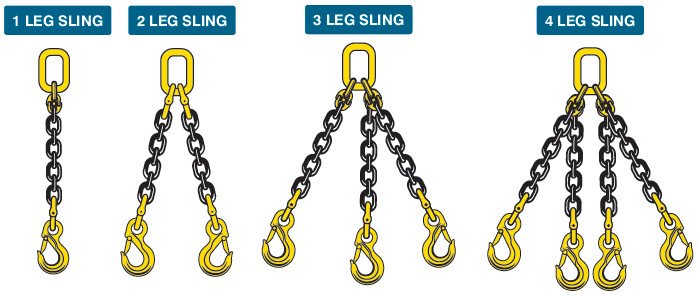
How I Maintain Chain Slings in My Facility
| Task | Frequency | Tools Required |
|---|---|---|
| Visual Inspection | Every use | Flashlight, gloves |
| Check for Elongation | Monthly | Caliper or measure tape |
| Magnetic Test (MPI) | Quarterly | Magnetic particle kit |
| Certification Renewal | Every 12 months | Third-party inspector |
I once found micro fractures in a Grade 100 sling during magnetic inspection. Thankfully, it was replaced before causing a shutdown. That single test saved us from a major loss.
How Do Chain Slings Compare to Wire Ropes?
I manufacture both wire ropes and chain slings. Clients often ask which one is better. The answer depends on how and where you’re using them.
Chain slings are best for rugged, repetitive lifting tasks, offer superior strength, and can handle abuse. Wire ropes are lighter, more flexible, and better for fixed systems.
Comparing Chain Slings and Wire Ropes
| Category | Chain Slings | Wire Ropes |
|---|---|---|
| Strength | Very High | High |
| Flexibility | Moderate | Excellent |
| Corrosion Resistance | High (galvanized/plastic) | Medium to High |
| Applications | Construction, mining | Elevators, fixed cranes |
| Lifespan | Longer with maintenance | Shorter in tough conditions |
We worked with a mining firm that replaced all their ropes with chain slings. The investment paid off in two years, with less downtime and fewer breakages.
Conclusion
Chain slings are crucial for safe, efficient lifting. Choose wisely, inspect often, and they won’t let you down.

